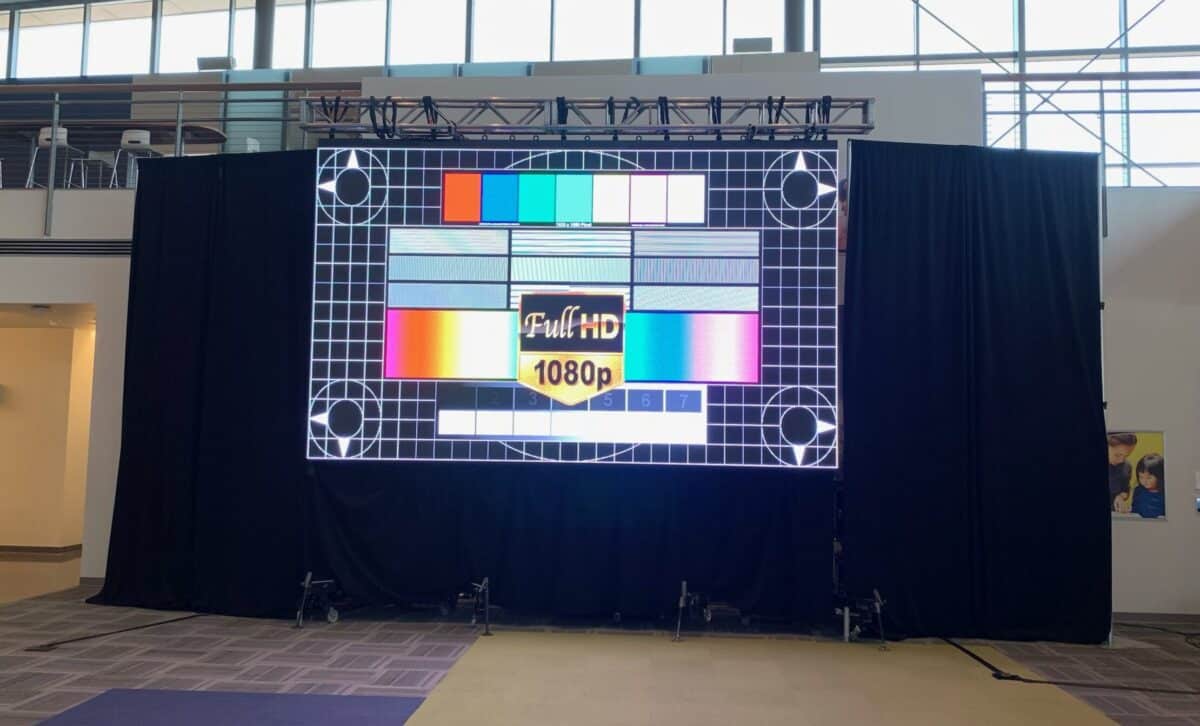Novel Strategies to Improving Untethered Connectivity Technologies for LED Panel Screens.
Wiki Article
Untethered communication solutions for LED wall screens have redefined the way we experience visual displays in various settings, such as concerts, corporate gatherings, and promotional displays. These panels, known for their vibrant colors and high resolution, rely heavily on stable wireless networks to perform effectively. As technology continues to evolve, cutting-edge strategies are being developed to optimize these wireless frameworks. This discussion will explore some of the latest strategies aimed at improving wireless connectivity for Luminescent Diode wall displays.

One significant method to enhancing wireless communication is the use of advanced antenna technology. Antennas play a vital role in sending and capturing signals between devices. By employing adaptive antenna arrays, which can adapt their orientation and focus based on the environment, engineers can significantly improve signal strength and reliability. This dynamic tuning helps minimize interference from other electronic devices and barriers, leading to clearer video quality and more consistent connections for LED wall displays.
Another innovative strategy entails implementing mesh networking systems. Unlike conventional wireless configurations that rely on a single access point, mesh systems consist of multiple nodes that work together to extend the internet signal over a larger area. This structure guarantees that LED wall screens receive a steady signal regardless of their placement. In spaces like stadiums or large exhibition halls, where physical obstructions may interfere with signals, mesh technologies provide a more robust framework by maintaining connectivity even in high-traffic areas.
In addition, incorporating edge computing into wireless connectivity can enhance efficiency for Light Emitting Diode wall displays. Edge computing allows data processing to occur closer to the source of data generation rather than relying solely on centralized data centers. By processing data near the LED wall panels, the system reduces latency, resulting in faster response times and smoother video playback. This development is especially beneficial for applications that require real-time updates or interactive features, making presentations more engaging for viewers.
Finally, adopting new communication protocols can also improve wireless connectivity for LED wall panels. Protocols such as Wi-Fi 6 and 5G offer enhanced bandwidth and faster data transfer rates compared to earlier standards. These advancements enable multiple devices to connect simultaneously without sacrificing performance. As LED Look At This wall panels are often used in conjunction with other smart devices, implementing these advanced protocols ensures that all systems can interact seamlessly, leading to an significantly improved user Related Site interaction.
To summarize, the advancement of wireless communication technologies for Light Emitting Diode wall displays is essential as technology continues to evolve. Through developments such as smart antennas, mesh networking systems, edge computing integration, and new communication protocols, manufacturers can provide better efficiency and reliability. These approaches not only improve the functionality of LED wall units but also enhance the visual displays they deliver across various applications. As these technologies develop further, viewers can anticipate even more cutting-edge visual presentations in the coming years.